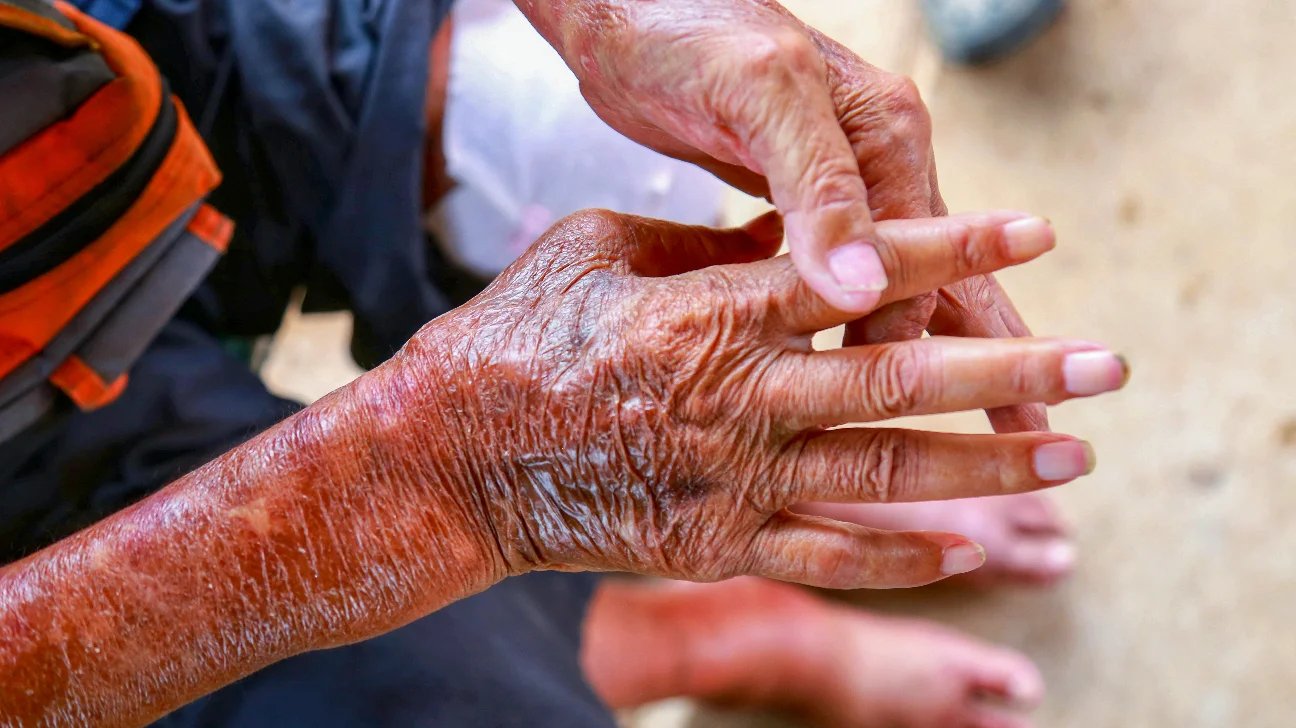
Scleroderma Treatment
Scleroderma (systemic sclerosis), Scleroderma or systemic sclerosis, is an autoimmune rheumatic disease. The word scleroderma comes from two Greek words: sclero meaning hard, and derma meaning skin. Skin hardening and tightening is one of the most visible manifestations of the disease. The disease is caused by overproduction and accumulation of collagen (a connective tissue) in the body that creates hardening (sclerosis) of the skin (derma) and internal organs such as the lungs, kidneys, heart and gastrointestinal tract. Unfortunately, not enough people in India know about this disease. Scleroderma varies in symptoms and severity from patient-to-patient. Most scleroderma patients may have symptoms that are visible, such as tight skin. Hardening of the skin is one of the most visible features of scleroderma. Scleroderma can progress more rapidly and aggressively. Knowing the early symptoms of scleroderma can help prevent the chance to permanent tissue or organ damage .
What are the symptoms of Scleroderma?
Raynaud’s phenomenon (exaggerated response to cold causing a circulation problem where fingers and toes turn white/blue in the cold) Thickening /tightening of the skin over the hands, feet and face, red spots on the skin, heartburn and problems swallowing (dysphagia). Severe tightening of facial skin can cause mouth to become smaller and narrower. Other symptoms can include weight loss, fatigue, joint pain, rashes, ulcers and muscle pain/weakness. In some cases of systemic sclerosis, organs such as the heart, lungs or kidneys are affected. This can cause a range of potentially serious problems, such as shortness of breath, high blood pressure and pulmonary hypertension (high blood pressure in the lungs).
What causes scleroderma?
Scleroderma is an autoimmune disease leading to overproduction of collagen. A part of the immune system becomes overactive and out of control. The immune system mistakenly attacks the own connective tissue under the skin and around internal organs and blood vessels.This leads to cells in the connective tissue producing too much collagen, causing scarring and thickening (fibrosis) of the tissue. It’s not clear why this happens.
Is scleroderma hereditary?
If you have family member with scleroderma your risk of developing scleroderma is higher than the general population. You should see a rheumatologist if you have symptoms.
How serious is scleroderma?
The symptoms of scleroderma vary greatly for each person, and the effects can range from mild to life threatening.The severity depends on which parts of the body are affected, and to what extent in which they are affected. A mild case can become more serious if not properly treated. Early and proper diagnosis and treatment by qualified doctors may minimize scleroderma symptoms and prevent irreversible damage.
Are people living with scleroderma at risk for any specific lung involvement?
Lung involvement is an important predicting factor.It helps predict the survival rate of people living with scleroderma. Its important to be screened with an echocardiogram and pulmonary function tests. Lung disease is a leading cause of scleroderma-related deaths, and is a very common serious complication of the disease.
